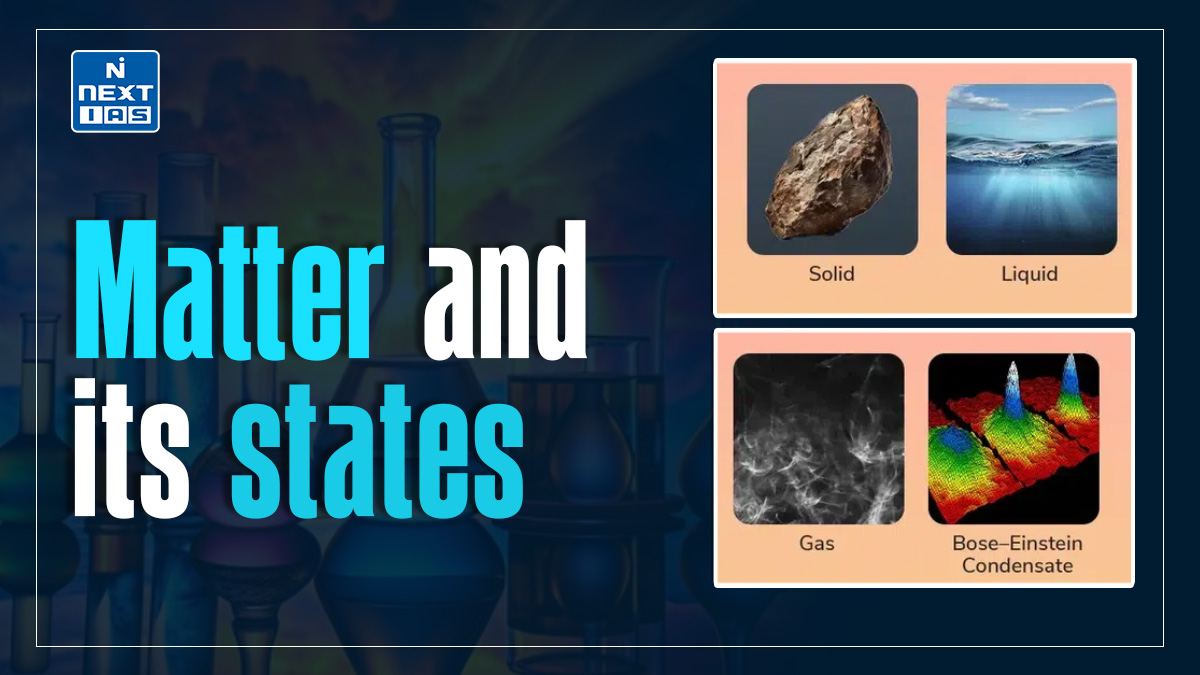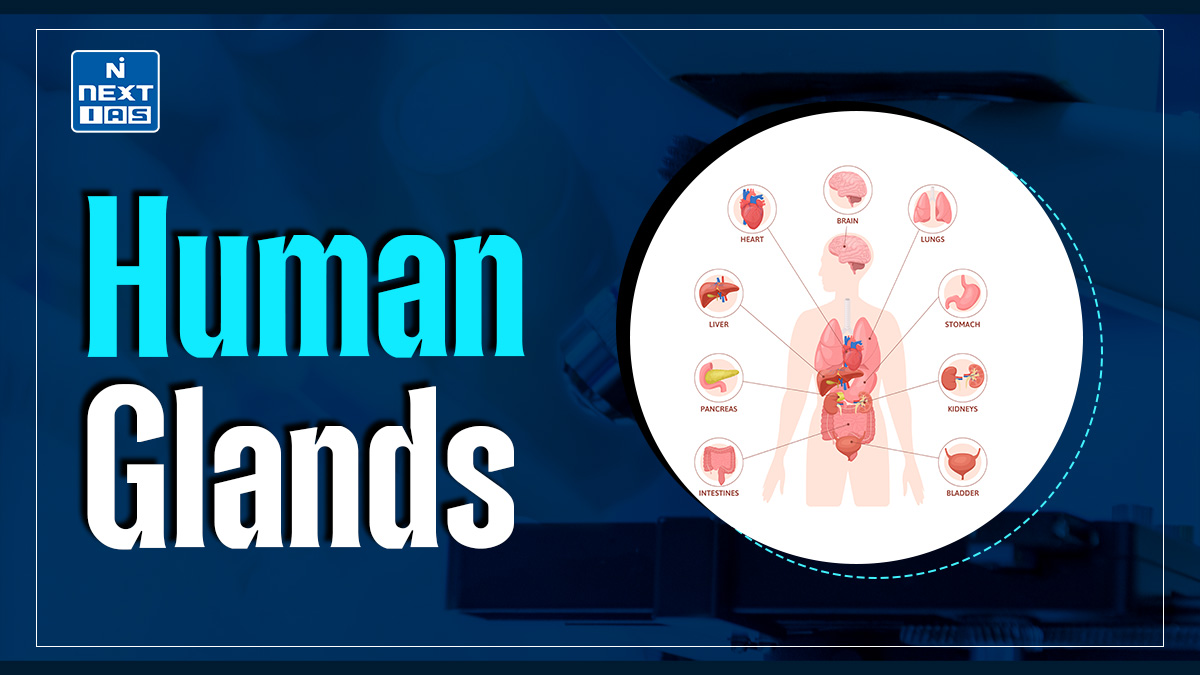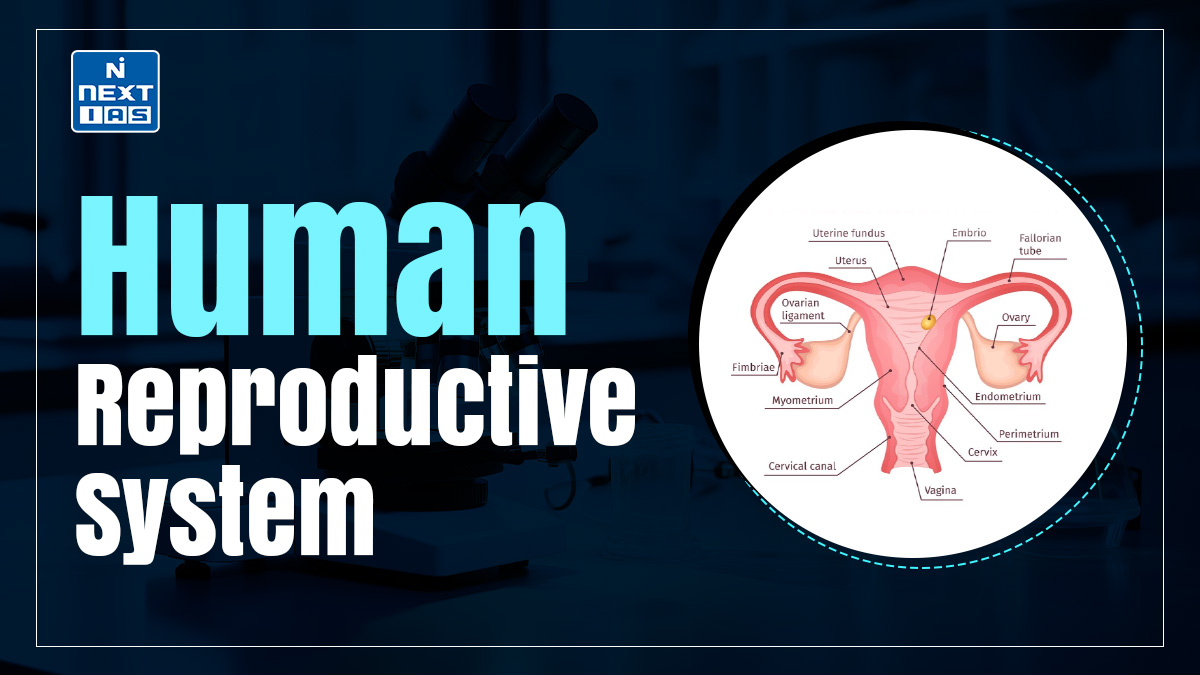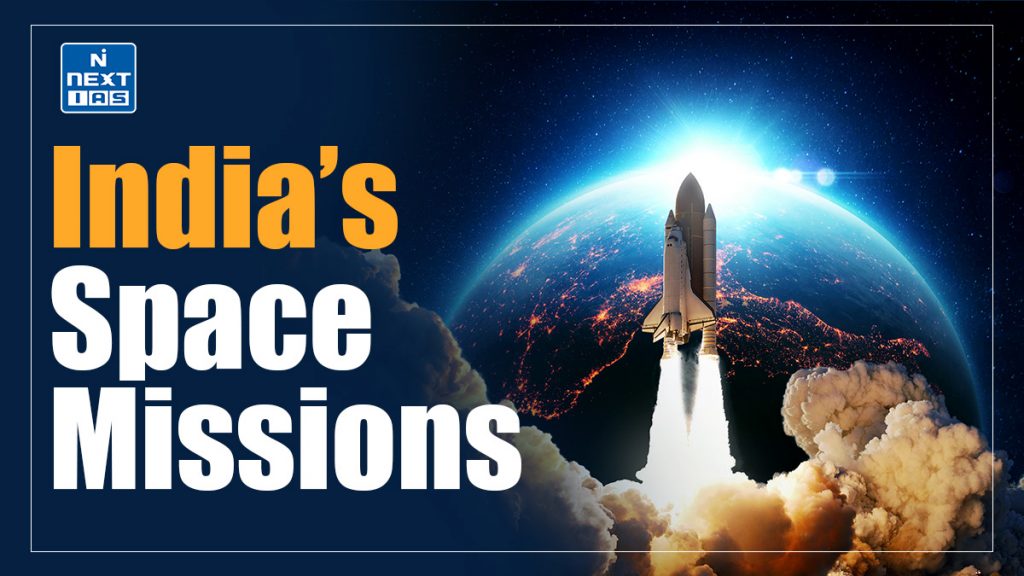
India’s space missions, led by the Indian Space Research Organisation (ISRO), showcase the nation’s progress in space exploration and technology. From launching satellites for communication and remote sensing to ambitious lunar and interplanetary missions like Chandrayaan and Mangalyaan, India has emerged as a global leader in affordable and innovative space exploration.
About The India’s Space Missions
- The strategy of our Space programme is to achieve self-sufficiency, indigenisation, exclusive satellites and our own GSLVs etc.
- A Space Vision 2025 was unveiled at the Indian Science Congress – 2003, in Bangalore. The vision document spells out the steps to take our space programme to greater heights. The emphasis is on achieving self-reliance in launching capabilities and end dependence on foreign agencies for the same. Of course, self-sufficiency has been achieved in the fabrication of satellites. Mission to moon also forms part of the vision.
- India’s space missions, spearheaded by the Indian Space Research Organisation (ISRO), demonstrate remarkable achievements in space exploration and technological innovation.
- Starting with the launch of Aryabhata in 1975, ISRO has developed satellite programs for communication, weather monitoring, and navigation.
- Landmark missions include Chandrayaan (lunar exploration), Mangalyaan (Mars Orbiter Mission), and the recent success of Chandrayaan-3, which achieved a soft landing on the Moon’s south pole. ISRO has also ventured into human spaceflight with the Gaganyaan mission.
- Known for cost-effective missions, India contributes significantly to global space research, commercial satellite launches, and collaborative scientific projects.
India’s Early Satellites
Aryabhata
- On April 19, 1975, India entered the space age by launching their first-ever satellite, the Aryabhata. Built by the Indian Space Research Organisation (ISRO) to gain experience in building and operating a satellite in space, it was actually launched by the Soviet Union. Aryabhata was built to conduct experiments in X-ray astronomy, aeronomics, and solar physics.
Bhaskara-1
- The First Experimental Remote Sensing Satellite built in India. The onboard TV camera imageries were used in the field of Hydrology and Forestry. Rich scientific data sent by Satellite Microwave Radiometer (SAMIR) was used for oceanographic studies.
Rohini
- Rohini Satellite RS-1 was a 35 kg experimental spin stabilized satellite designed with a power handling capability of 16W. It was successfully launched onboard SLV-3 from Sriharikota Range (SHAR) Centre on July 18, 1980.
Apple
- The Ariane Passenger Payload Experiment (APPLE) was ISRO’s first indigenous, experimental communication satellite. It was launched into GTO (Geosynchronous Transfer Orbit) by the third development flight of ESA’a Ariane vehicle from Kourou on June 19, 1981.
Communication and Educational Satellites
INSAT System
- The Indian National Satellite (INSAT) system is one of the largest domestic communication satellite systems in Asia-Pacific region with nine operational communication satellites placed in Geo-stationary orbit.
Here are some applications of INSAT satellites:
- EDUSAT, launched by Geosynchronous Satellite Launch Vehicle (GSLV-F01) in September 2004, is India’s first thematic satellite dedicated exclusively for educational services.
- INSAT is being used to provide Educational TV(ETV) service for primary school children in Tamil, Marathi, Oriya, Telugu and Hindi. INSAT provided facility of tele-medicine which aims at providing Tele-medicine Technology & connectivity between remote/rural hospital and Super Speciality Hospital for Tele-consultation, Treatment & Training of doctors & paramedics. INSAT has been a major catalyst for the expansion of television coverage in India, presently 40 Doordarshan TV channels including news uplinks are operating through C-band transponders of INSAT-3A, INSAT-4B, INSAT-3C and INSAT-2E.
Kalpana-1
- METSAT (renamed as Kalpana-1 on February 5, 2003 after the Indian born American Astronaut Dr. Kalpana Chawla, who died on February 1, 2003 in the US Space Shuttle Columbia disaster) is the first in the series of exclusive meteorological satellites built by ISRO.
CMS-01
- CMS-01 is a communication satellite envisaged for providing services in Extended-C Band of the frequency spectrum. The Extended-C Band coverage will include Indian mainland, Andaman-Nicobar & Lakshadweep Islands. CMS-01 is the 42nd Communication Satellite of India. Its mission life is 7 years and it was launched by PSLV-C50.
EDUSAT
- GSAT-3, known as EDUSAT is meant for distant classroom education from school level to higher education. This was the first dedicated “Educational Satellite” that provide the country with satellite based two way communication to class room for delivering educational materials. This is a Geo-synchronous satellite developed on I-2K bus. GSAT-3 was co-located with METSAT (KALPANA-1) and INSAT-3C.
GRAMSAT Scheme
- Under “Gramsat Scheme”, ISRO’s contribution is to provide the necessary satellite bandwidth to respective State Governments. Generally, these programmes cover areas such as mass education, tribal culture, anganwadi workers’ training, fisheries, forest and environment.
Gyan Darshan
- It is an educational channel which carries programmes on IGNOU’s courses, general awareness programmes, and interactive sessions with subject experts and scholars besides promoting nationalism, harmony and peace.
GSAT 31
- India’s telecommunication satellite, GSAT-31 was successfully launched in 2019 from Kourou launch base, French Guiana by Ariane-5 VA-247. GSAT-31 will provide continuity to operational services on some of the in-orbit satellites.
Earth Observation Satellites
- ISRO’s Earth Observation Satellites (EOS) support applications in agriculture, urban planning, water management, forestry, disaster management, and oceanography. The program began with IRS-1A in 1988 and includes satellites in Sun-synchronous (e.g., RESOURCESAT, CARTOSAT, RISAT, OCEANSAT) and Geostationary orbits (e.g., INSAT-3D, Kalpana).
- The CARTOSAT series provides imagery for cartographic and urban planning needs, while RESOURCESAT-2A monitors resources, crops, and water bodies. SARAL, a joint Indo-French mission, supports oceanographic research. EOS-01 aids agriculture and disaster management, and EOS-04, launched in 2022, provides radar imaging under all weather conditions for hydrology, forestry, and flood mapping.
Navigation Satellite Systems
- India’s navigation satellite systems, led by ISRO, provide accurate geospatial positioning and timing services.
- NavIC (Navigation with Indian Constellation) is India’s indigenous system, offering Standard Positioning Service (SPS) for public use and Restricted Service (RS) for authorized users, with accuracy better than 20 meters.
- NavIC’s constellation includes eight active satellites in geostationary and geosynchronous orbits, supporting applications in navigation, disaster management, vehicle tracking, and geodetic data capture.
- GAGAN (GPS Aided Geo Augmented Navigation) enhances satellite-based navigation for civil aviation, ensuring precise guidance and fuel-efficient air traffic management. It is the world’s first Satellite-Based Augmentation System (SBAS) to serve the equatorial region, offering seamless navigation from Africa to Australia.
- The GEMINI device, developed using GAGAN, provides ocean state forecasts and disaster warnings to fishermen up to 300 nautical miles offshore, improving safety and productivity. GAGAN also benefits sectors like railways, shipping, scientific research, and tourism by enhancing location-based services and operational safety.
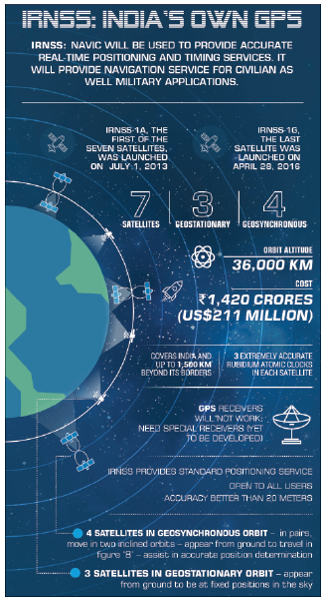
Positioning Satellite System of Foreign Countries
- Global Positioning System (GPS) is a U.S. satellite-based navigation system providing continuous, worldwide positioning, navigation, and timing (PNT) services for civilian and military users.
- Galileo, developed by Europe, offers free, highly accurate services with enhanced performance at higher latitudes.
- BeiDou, China’s independent navigation system, provides global PNT services with positional accuracy of 2.6-3.6 meters and unique telecommunication features like text messaging.
- GLONASS, Russia’s counterpart to GPS, operates efficiently at northern latitudes, originally designed for military use but now available for civilian applications.
- These systems ensure accurate navigation for military, commercial, and civilian purposes worldwide.
Satellites for Military Purpose by ISRO
- India has around 15 military satellites supporting defense operations. Key ones include GSAT-7 (Rukmini), launched in 2013 for naval communication, covering the Indian Ocean Region. GSAT-7A, launched in 2018, enhances Air Force capabilities, and GSAT-7R will replace Rukmini for naval use.
- EMISAT, developed by ISRO-DRDO, is India’s first ELINT satellite, aiding electronic surveillance and tracking hostile radars.
- Microsat-R, launched in 2019, provided imaging services and served as a target for the Mission Shakti anti-satellite test, showcasing India’s space defense capability.
India’s Recent Space Missions
- India’s recent space missions highlight ISRO’s growing capabilities.
- Chandrayaan-3 successfully achieved a soft landing on the Moon’s south pole in 2023.
- The Aditya-L1 mission, launched in 2023, aims to study the Sun.
- Gaganyaan, India’s first crewed space mission, is set to launch soon, marking a milestone in human spaceflight.
- EOS-04, launched in 2022, enhances radar imaging for agriculture and disaster management. ISRO also conducted commercial missions like PSLV-C57, deploying satellites for global clients, cementing India’s position in space research and exploration.
Way Forward
- India’s space missions are poised for exciting advancements, with ISRO focusing on ambitious goals. The Gaganyaan mission will mark India’s entry into human spaceflight, fostering future crewed exploration. Plans include Chandrayaan-4 for lunar research, interplanetary missions like Mangalyaan-2 to Mars, and Shukrayaan to explore Venus.
- ISRO also aims to expand its satellite constellations for Earth observation, navigation, and communication. Collaboration with private players through the Indian National Space Promotion and Authorization Center (IN-SPACe) will boost innovation. India’s space focus remains on sustainability, scientific discovery, global partnerships, and developing technologies for space exploration and commercial applications.
Conclusion
India’s space missions reflect the nation’s technological growth and ambition in space exploration. From lunar and interplanetary missions to Earth observation and navigation systems, ISRO has achieved significant milestones with cost-effective innovations. Upcoming missions like Gaganyaan promise further advancements, positioning India as a key player in global space research and commercial satellite services.
GS - 3
